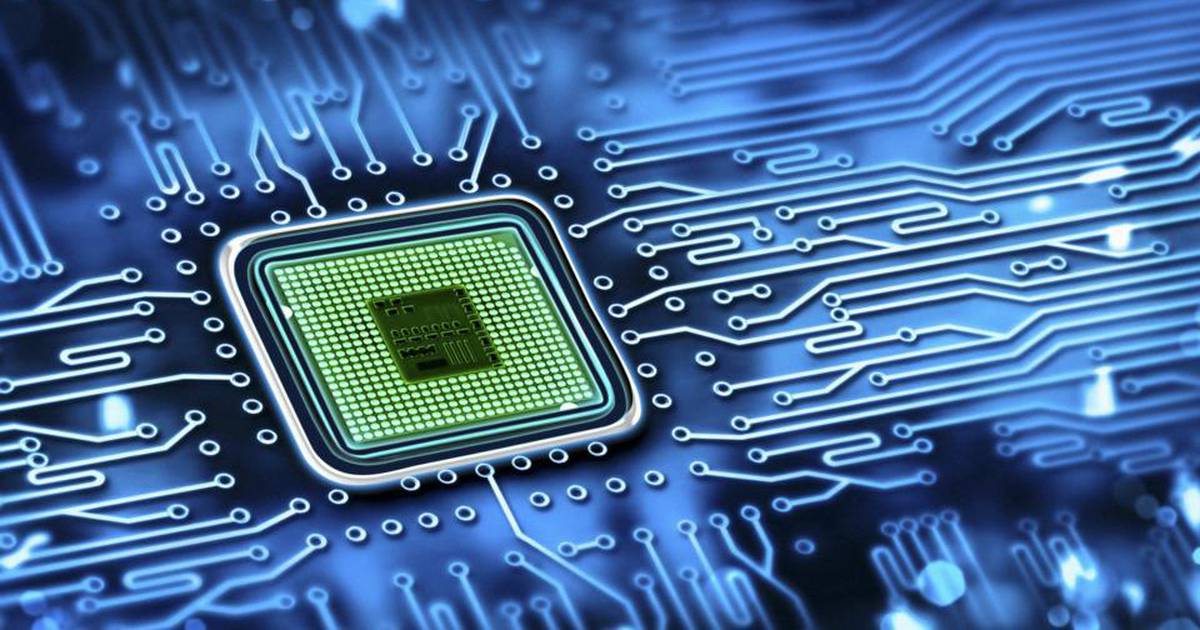Scientists based at University College Cork (UCC), using one of the world’s most powerful quantum microscopes, have made a discovery that could have significant consequences for the future of computing – and the development of powerful quantum computers, in particular.
Quantum computers based on the rules of quantum physics – where matter exists as possibilities rather than certainties – can, unlike classical computers, perform countless, extremely fast calculations simultaneously, rather than in a linear fashion.
Researchers in the UCC Macroscopic Quantum Matter Group laboratory have discovered a spatially modulating superconducting state in a new and unusual superconductor material uranium ditelluride (UTe2).
This new superconductor could provide a solution to one of quantum computing’s biggest challenges. Their findings were published in the prestigious journal Nature.
The lead author, Joe Carroll, a PhD researcher working with professor of quantum physics Séamus Davis, made the breakthrough.
“Superconductors are amazing materials that have many unique and unusual properties. Most famously, they allow electricity to flow without resistance. That is, if you pass a current through them, they will not start to heat up. In fact, they do not lose any energy, despite carrying a large current,” he explained.
“They can do this because instead of individual electrons moving through the metal, we have pairs of electrons that bind together. These electron pairs together form a macroscopic quantum mechanical fluid,” added Mr. Carroll.
“What our team discovered is that some of the electron pairs form a new crystal structure embedded in this background liquid. These types of states were first discovered by our group in 2016 and now called electron pair-density waves – a new form of superconducting matter, the properties of which we are still discovering.
What is particularly exciting for them – and the wider community – is that UTe2 appears to be a new type of superconductor, he said.
[ UCC student’s research overthrows long-held theory on leaf patterns ]
Physicists have been searching for material like this for almost 40 years. “Pairs of electrons appear to have intrinsic angular momentum. If this is true, what we have seen is the first pair-density wave composed of these odd pairs of electrons.”
Asked about the practical implications of this work, he said: “There are indications that UTe2 is a special type of superconductor that could have major consequences for quantum computing.”
Basically, classic computers use bits to store and manipulate information. “Quantum computers rely on quantum bits or qubits to do the same. The problem facing existing quantum computers is that each qubit must be in a superposition with two different energies – as might be called ‘dead’ and Schrödinger’s cat is ‘alive’. This quantum state is very easily destroyed by falling to the lowest energy state – ‘dead’ – thus, cutting off any useful computation,” he said.
“This puts a huge limit on the use of quantum computers. However, since its discovery five years ago, there has been a huge amount of research on UTe2 with evidence pointing to it being a superconductor that could be used as a basis for topological quantum computing.
“With such materials, there is no limit to the qubit’s lifetime during computing which opens many new avenues for more stable and useful quantum computers. In fact, Microsoft has already invested billions of dollars in topological quantum computing so it is a well-established theoretical science.”
“What the community is looking for is a relevant topological superconductor. UTe2 appears to be that,” Mr Carroll said.
“What we discovered provides another piece to the UTe2 puzzle. To make applications with materials like this, we must understand their fundamental superconducting properties. All modern science moves step by step . We are pleased to have contributed to the understanding of a material that may bring us closer to more practical quantum computers.”
Prof John F Cryan, UCC’s vice-president for research and innovation, predicted the discovery would have significant consequences for the future of quantum computing.
“In the coming weeks, the university will launch UCC Futures – Future Quantum and Photonics – and the research led by Prof Davis and the Macroscopic Quantum Matter Group, using one of the most powerful microscopes in the world, will play a key role in this is exciting. initiative,” he added.
#superconductor #breakthrough #UCC #significant #future #quantum #computing















Add Comment